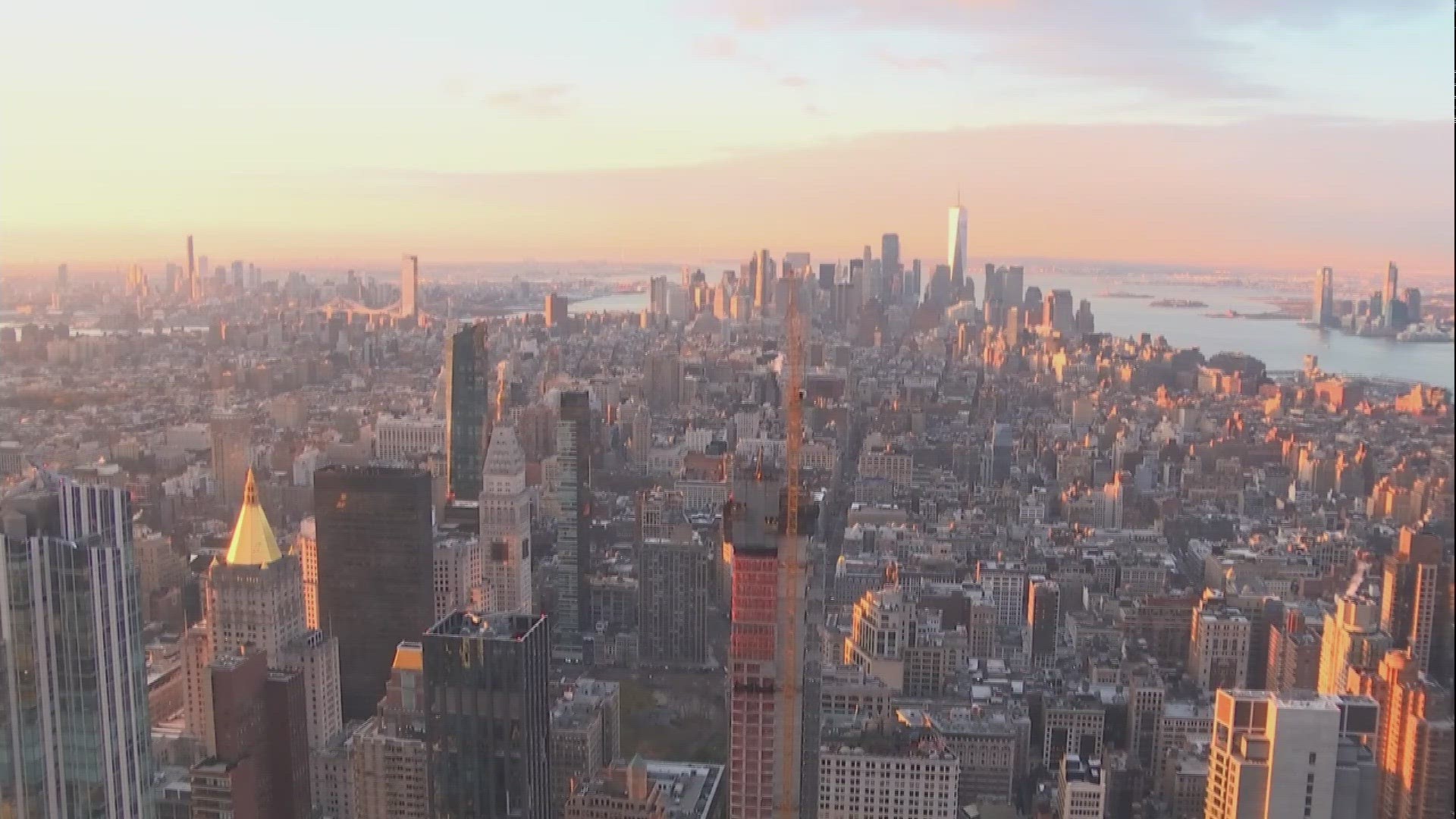DALLAS — Dallas-Fort Worth could pass New York City as the biggest metro area by the year 2100!
When I read this report by moveBuddha – a search engine for people who are moving – I had to connect with the company to learn more about their prediction and what they expect for North Texas in 2024.
"We estimate on growth rates from 2010 to 2020 that if we were to extrapolate that out to 2100 that the Dallas-Fort Worth metroplex would have close to 34 million people living there," says Joe Robison with moveBuddha.
Robison tells me this is one estimate. The company got that number by pulling massive amounts of data from their half a million annual searches then backtested it with U.S. Census Bureau data.
The latest data from the Census Bureau shows Dallas-Fort Worth-Arlington is the fourth biggest metro in the country with a population of just under 7 million and a 10-year growth rate of about 20%.
"Texas is very pro-growth as we’ve seen current and past Texas governors have invited companies from California and other states to move their headquarters to Texas with incentives and support from the government," says Robison.
NOTE: The following video was uploaded in Aug. 2023
Where are people moving? A deeper dive into moveBuddha’s data reveals Texas’ top inflow cities in 2022 – Celina, Prosper and Weatherford made the Top 5 — all seeing over two times more moves in than out.
"We get people using the site who are planning a move a few months out, so we can get more real-time information and predictions about what’s going to happen in the future," says Robison.
The study comes with an obvious caveat: No one is sure what the future looks like in terms of population growth.
Why would this prediction not happen? Infrastructure limitations, like water availability or policy decisions that could alter our state’s business climate or change immigration.
While moveBuddha’s report suggests the number of migrations is slowing due to higher mortgage interest rates, destinations are still following similar patterns.
MoveBuddha also recently published a study on the fastest-growing affordable suburbs with Little Elm at #4 and Burleson at #9.

